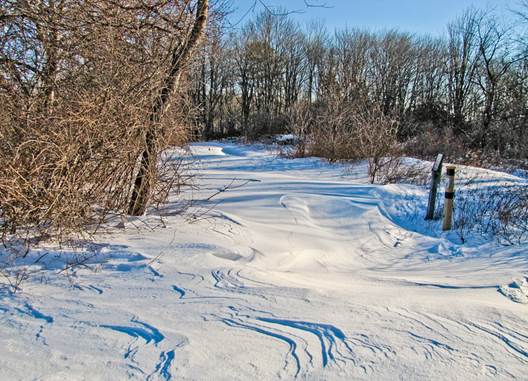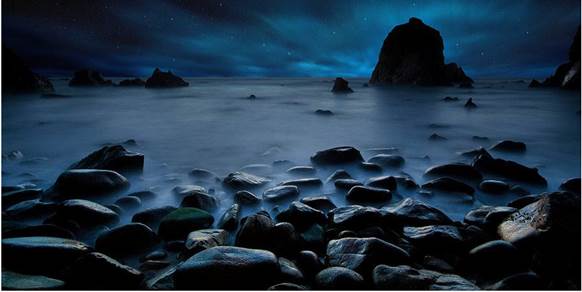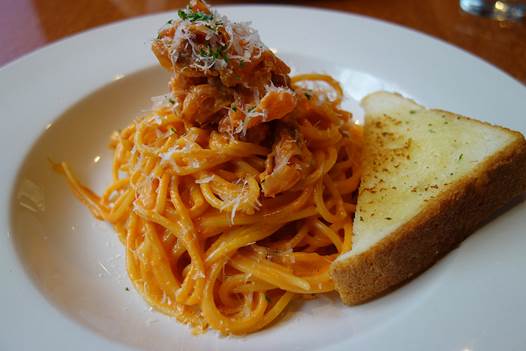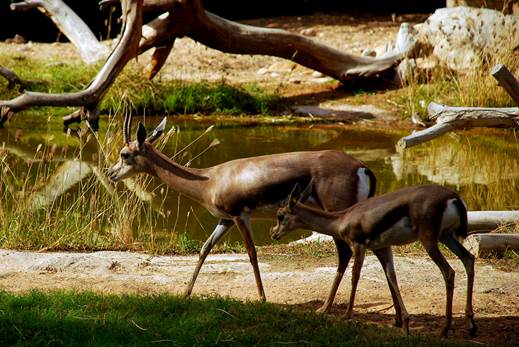Even More Modes
The five Scene modes listed here are by far
the most common, and they're likely to be found on most cameras. But your
camera also may include additional Scene modes to tackle even trickier
situations.
Snow/Beach Mode
Enables exposure compensation (usually + 1
stop) to prevent the underexposure that frequently occurs in these extra-bright
outdoor environments.

Party Mode
Is subtly different than Night Portrait in
that it won't use such a slow shutter speed and it doesn't utilize
face-detection focusing (if available). Instead, it defaults to automatic flash
instead of slow-speed synch.

Fireworks Mode
Works similar to landscape mode, but it
defaults to a long shutter speed, usually a couple of seconds, in order to
allow the bursts of light to register as beautiful streaks on the sensor.

Night Landscape Mode
Is a whole lot like Fireworks mode in that
the camera defaults to long shutter speeds and no flash, both necessary for
low-light imagery. Both also require a tripod.

Panorama/Stitching Mode
Is unique in that it doesn't use special
settings (with the exception of turning off the flash), but it will provide
alignment guides or an overlay to assist in alignment of subsequent exposures
to stitch together a panorama.

Food Mode
Is a lot like Macro mode, but with the
flash disabled so food looks appetizing lit strictly by ambient light.

Pets/Kids Mode
Defaults to a fast shutter speed (much like
Sports mode) to keep those fast-moving children and pets in sharp focus, but
with a camera with face-detecting autofocus, this mode also will fire off a
couple of quick shots as soon as it detects focus on a child's or pet's face.

Choose the “wrong” mode for the right effect
Just because a mode is intended for one
thing doesn’t mean you can’t use it for another.
If you want to photograph sports, you might
consider choosing Portrait mode. Because of its wide aperture, the camera will
be forced to use a fast shutter speed, which happens to be perfect for freezing
fast-moving action.
You can harness the power of Night Portrait
mode even in brighter light or when shooting indoors. It’s a great way to treat
the flash as a fill with plenty of ambient light creating the bulk of the exposure.
Food mode is a shortcut to macro shooting
without a flash, which makes it perfect for situations in which you want
close-ups comprised solely of ambient light even if it isn’t edible.
A great way to make beautiful portraits in
soft ambient light is to go high-key. This eliminates blemishes and other skin
details. Snow/Beach mode is a great way to ensure a high-key portrait.
Even if it’s nowhere near the Fourth of
July, you can use Fireworks mode to create gorgeous long exposures where motion
blur would be beneficial such as when water or wildlife is moving in a
landscape.
If you’d care to create artistic blurs for
creative effect, consider many of the long exposure modes Fireworks, Landscape,
Night Landscape or even Night Portrait to employ a longer shutter speed that,
when combined with a moving camera, can create some pretty cool motion-blur
effects.
Getting started in video mode
They say everybody wants to direct. Maybe
that’s why almost every digital camera also features a Movie mode for capturing
video.
Here are a few tips for getting started
with your camera’s Movie mode.